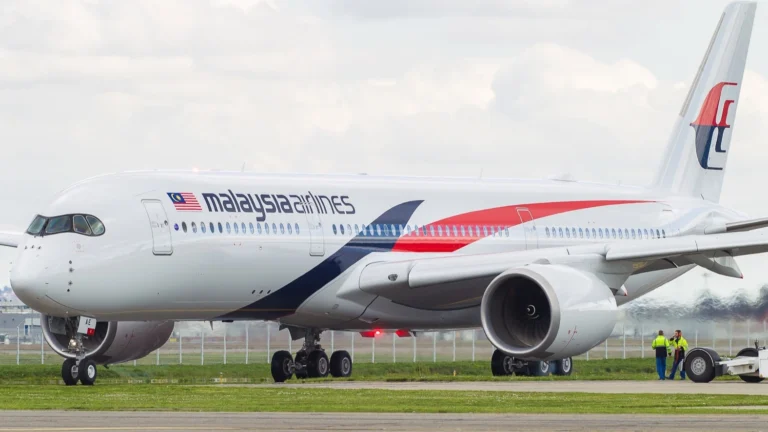KUALA LUMPUR- Malaysia Airlines (MH) is the national carrier of Malaysia. The airline continues to maintain a prominent position in the Southeast Asian aviation landscape. Malaysia Airlines is Headquartered at Kuala Lumpur International Airport (KLIA). The airline is a core part of the country’s international connectivity.
As of June 2025, Malaysia Airlines serves 29 domestic destinations and 53 international destinations in 24 countries. With a rich legacy, a steadily modernizing fleet, and membership in the One World Alliance, Malaysia Airlines has leveraged its geographical location to serve as a bridge between Asia, Oceania, and Europe.
As of June 2025, Malaysia Airlines operates a fleet of 80 passenger aircraft. The fleet consists of a mix of Boeing 737-800s, the newer 737 MAX 8s for regional routes, Airbus A330s for medium-haul, and the flagship Airbus A350-900s for long-haul services. An impressive 64 aircraft are also on order, which points to a massive growth phase ahead.
In this article, we explore the airline’s ten busiest international routes in 2025, based on weekly one-way seat capacity. These routes reflect Malaysia Airlines’ commitment to balancing high-frequency regional traffic with strategic long-haul operations.
Malaysia Airlines Top International Routes

1. Singapore – Kuala Lumpur
The Singapore–Kuala Lumpur sector is the busiest international route for Malaysia Airlines. The airline operates a staggering 66 weekly flights — nearly 10 flights per day. Operated using both Boeing 737 MAX 8s and 737-800s, this route offers more than 11,000 weekly one-way seats.
It’s a crucial business and leisure corridor and also serves as a major hub connector between two of Southeast Asia’s busiest airports. This route is also one of the busiest short-haul International routes in Southeast Asia.
2. Jakarta – Kuala Lumpur
Jakarta ranks second, served with seven daily flights. Just like Singapore, Jakarta is also a high-demand route.
This route is served using a mix of 737 MAX and 737-800 aircraft. Around 8,232 one-way seats are offered weekly, catering to business travelers, tourists, and the growing Indonesian diaspora in Malaysia.
3. Kuala Lumpur – Bangkok
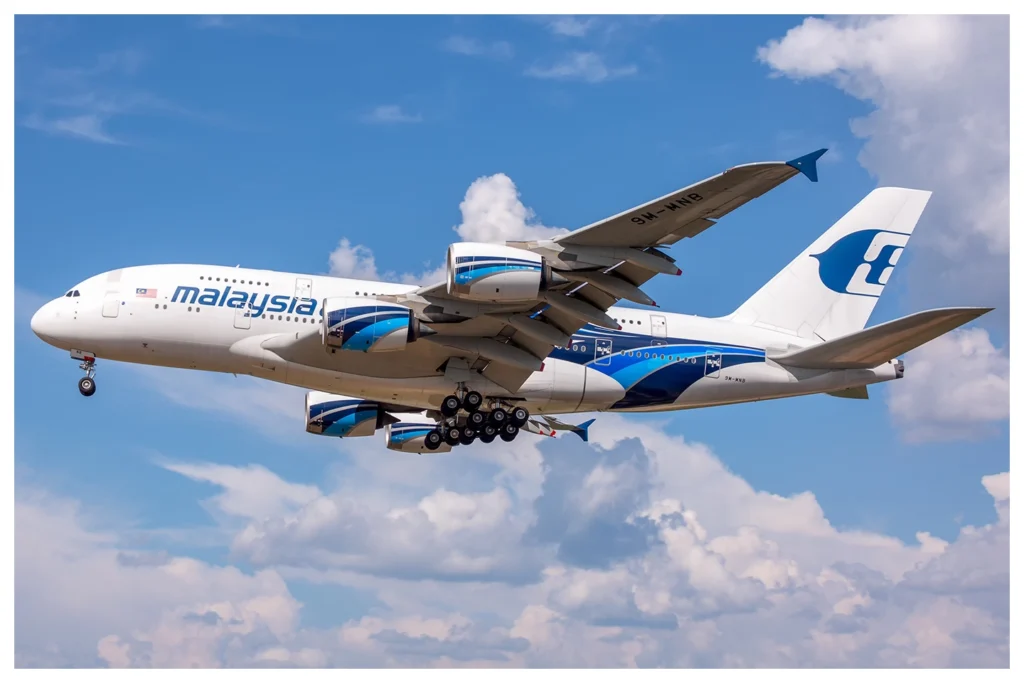
Thailand’s capital comes third on the list. Malaysia Airlines serves Bangkok with six daily departures. Two of the six flights are operated with the newer MAX 8 and four with the 737-800s.
Malaysia Airlines provides nearly 7,112 one-way weekly seats. This route serves both business passengers and leisure travelers drawn to the vibrant cities on either side.
4. Denpasar (Bali) – Kuala Lumpur
Denpasar, the gateway to Bali, is served thrice daily. Malaysia Airlines uses a mix of aircraft on this route. Bali sees a daily Airbus A330-900neo, a 737-800, and a MAX 8.
The inclusion of wide-body aircraft reflects the premium and leisure-oriented traffic on this route. Malaysia Airlines offers 4,417 seats weekly to Denpasar.
5. Kuala Lumpur – Doha
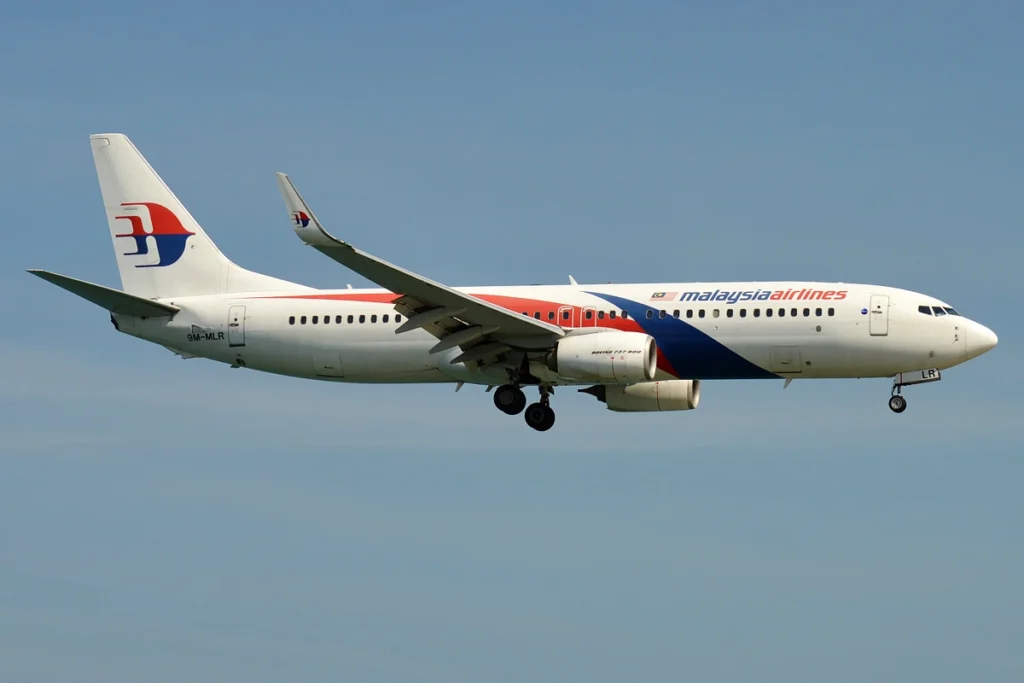
The only Middle East long-haul route to Qatar is flown 14 times per week — eight with the A330-300 and six with the A350-900.
With over 4,120 one-way weekly seats, it not only connects Malaysia to the Middle East but also plugs into Qatar Airways’ vast global network through a codeshare and alliance partnership via Doha Airport.
6. Kuala Lumpur – Melbourne
Melbourne is one of Malaysia Airlines’ strongest markets in Oceania. The airline operates twice daily, one with an A330-900neo and another with the older A330-300.
With 4,109 weekly one-way seats, the route is favored by tourists, students, and families on both ends. The airline also offers connections to Europe via Kuala Lumpur.
7. Sydney – Kuala Lumpur
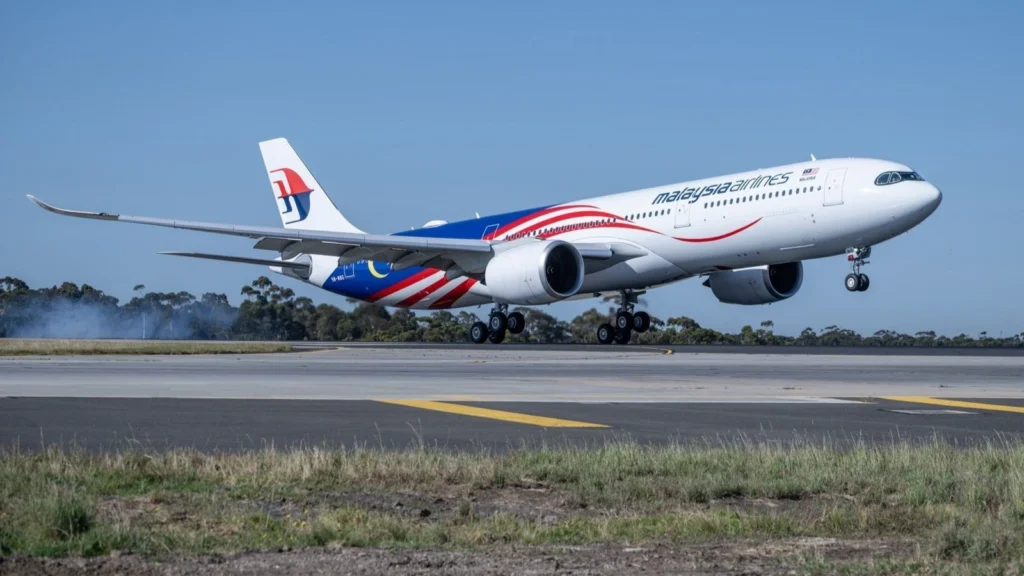
Matching Melbourne in terms of frequency but with slightly fewer seats, Sydney is served twice daily as well by the A330-300 aircraft.
Offering 4,060 weekly seats, this route also supports a balanced mix of business, leisure, and transit passengers and remains a long-standing route for the airline.
8. Kuala Lumpur – London Heathrow
Malaysia Airlines flies twice daily to London with its flagship Airbus A350-900, offering a premium three-class configuration. Malaysia Airlines offers first-class on-board service to London along with business and economy cabins.
The total weekly one-way capacity is 4,004 seats. London is not just a major destination but also a critical European hub with deep historical, educational, and economic ties to Malaysia.
9. Kuala Lumpur – Tokyo

Tokyo, one of Malaysia Airlines’ primary destinations in East Asia, is served 13 times a week — nine flights on A330-300s and four on A350-900s. The airline also serves Haneda, but that route doesn’t make it to the top 10 list.
With around 3,810 weekly seats, the route is important for tourism, business ties, and cultural exchange.
10. Kuala Lumpur – Manila
Closing the top ten is the Manila route, served thrice daily using a mix of 737 MAX 8s and 737-800s.
With 3,556 one-way seats per week, this route sees high demand from Filipino expatriates, tourists, and the business community.

Expansion Outlook
Malaysia Airlines is preparing for a significant transformation in the coming years.
With 64 new aircraft on order, including the A330neo and Boeing 737 MAX, the airline is poised to expand its footprint in both short-haul and long-haul sectors. Future expansions are likely to focus on South Asia and secondary cities in China and India.
Moreover, the airline is also strengthening its partnership with fellow One World members like Qatar Airways and British Airways. The current network synergy allows Malaysia Airlines to offer expanded access to North America and Europe without needing to operate every route independently.
The airline is also investing in digital transformation and product enhancements onboard, signaling its intent to remain competitive with both legacy carriers and rising low-cost giants in the region.
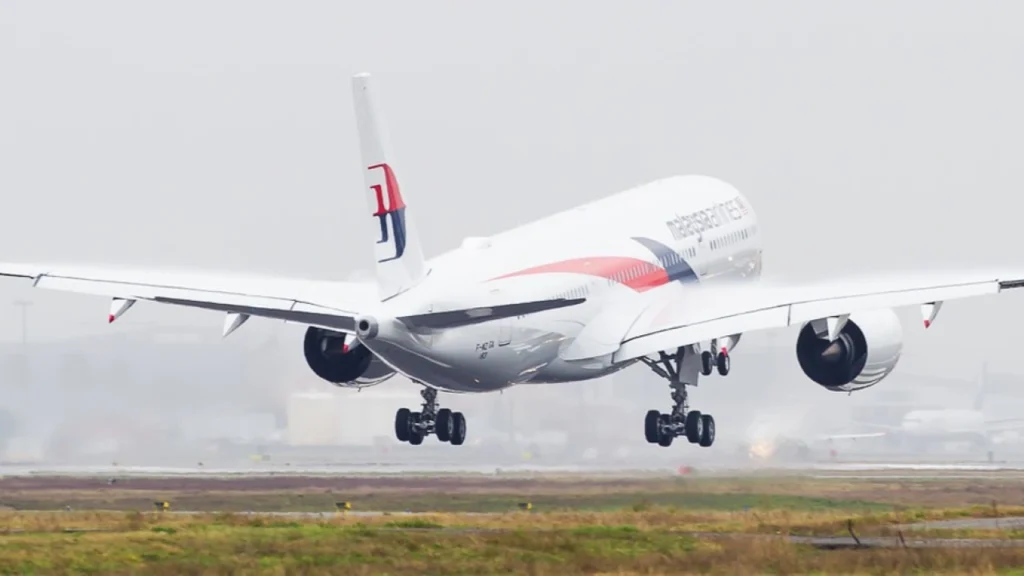
Bottom Line
Malaysia Airlines ensures robust connectivity through multiple daily frequencies on most of its regional routes, such as Singapore, Jakarta, and Bangkok. These frequent flights allow for smooth connections to long-haul services, particularly to destinations like London, Melbourne, and Tokyo.
Long-haul flights are generally scheduled to depart late at night or early in the morning, optimizing connectivity for transiting passengers.
Malaysia Airlines’ top 10 international routes in 2025 reflect its core strengths: a powerful regional network, strong presence in Australia and the Middle East, and premium long-haul connectivity to Europe and East Asia.
With KLIA as its main hub, Malaysia Airlines will likely continue being a key player in Asia-Pacific connectivity as it enters a new era of fleet modernization and global cooperation.
Stay tuned with us. Further, follow us on social media for the latest updates.
Join us on Telegram Group for the Latest Aviation Updates. Subsequently, follow us on Google News

